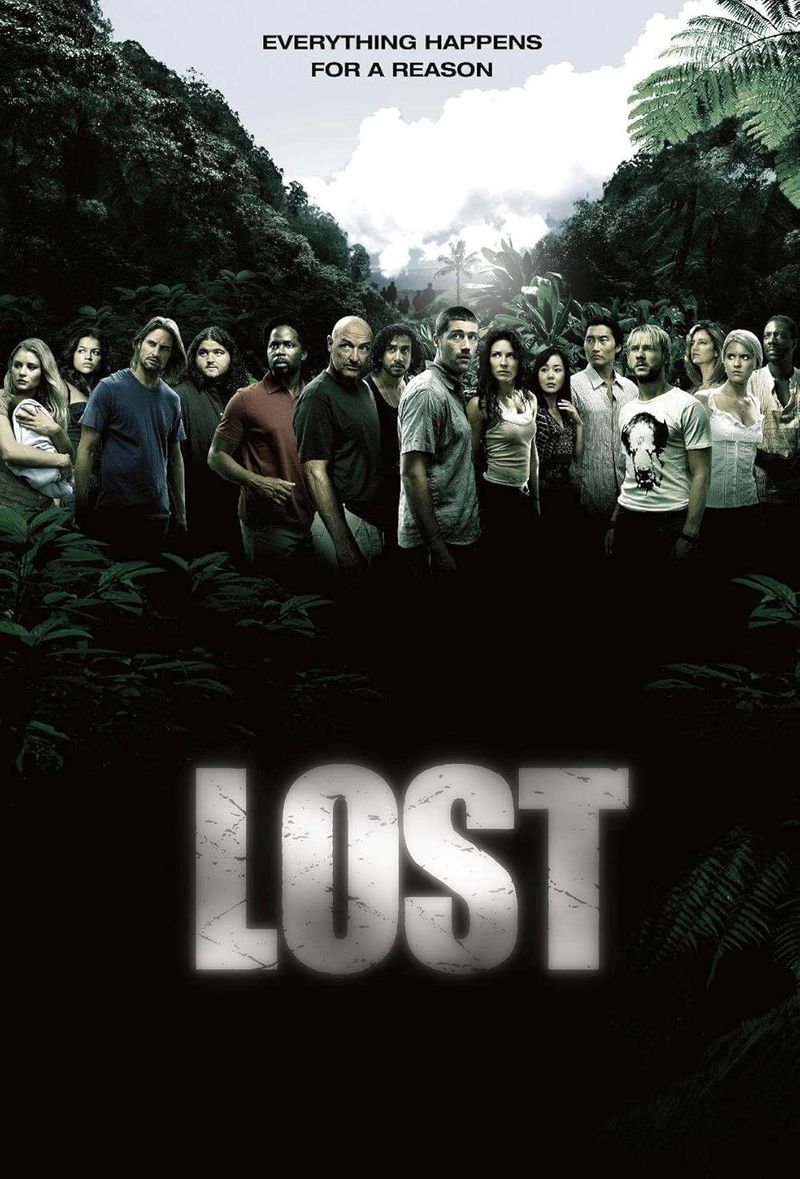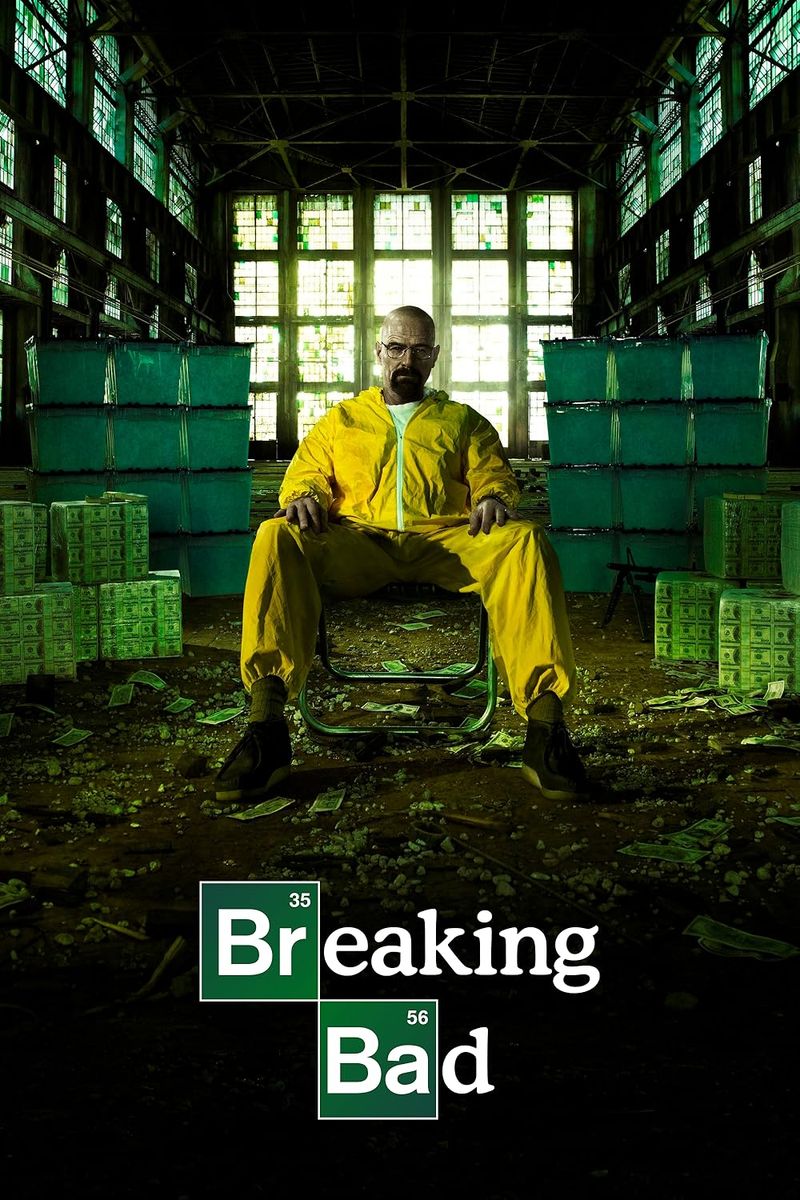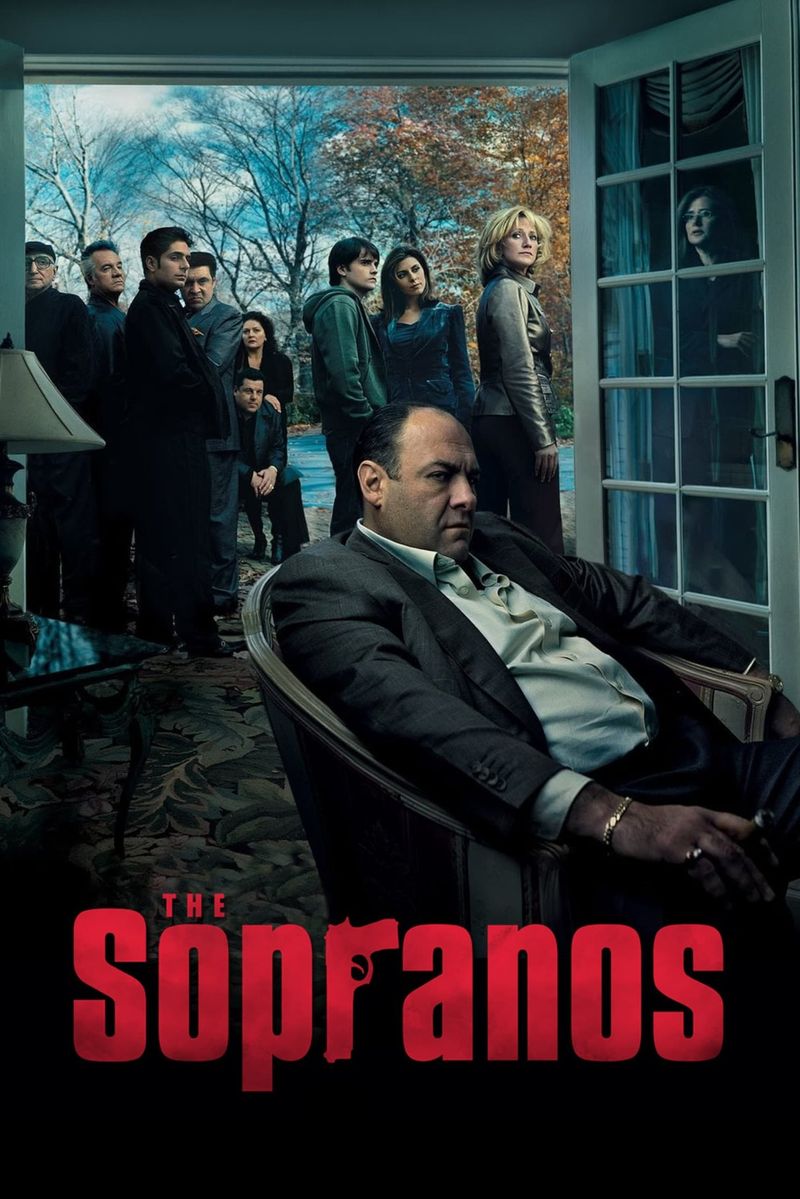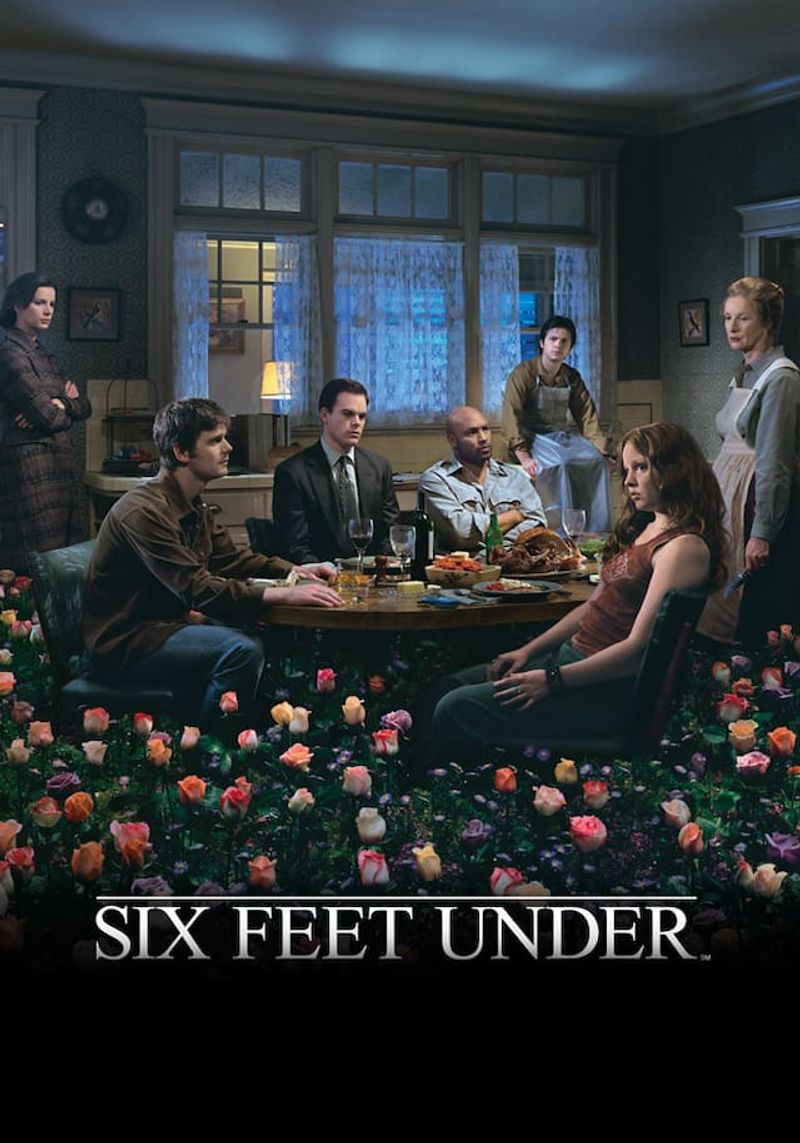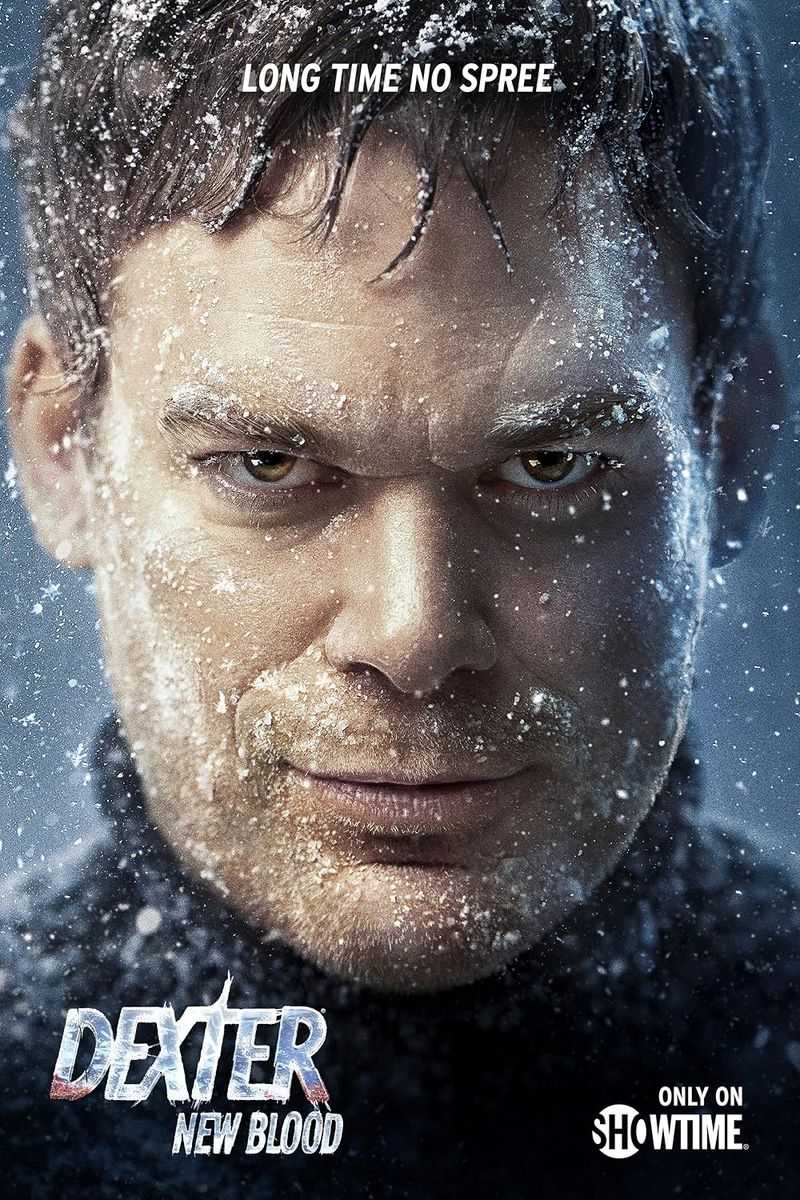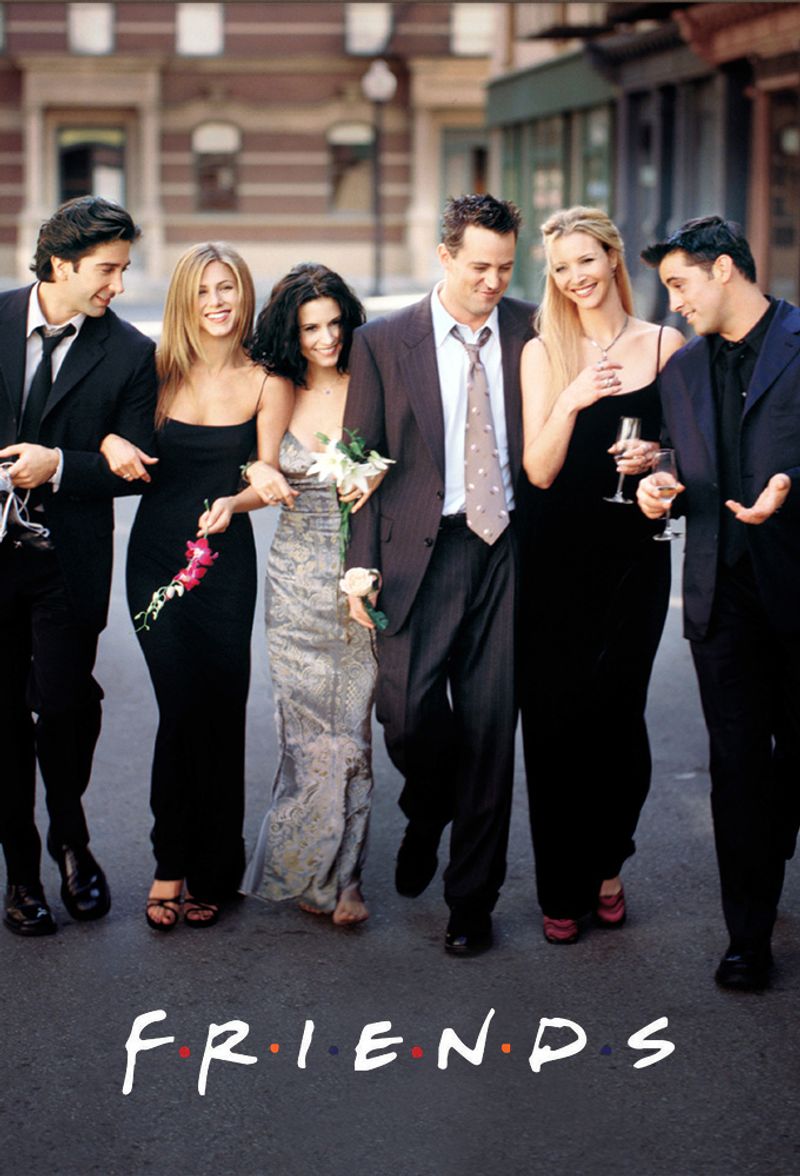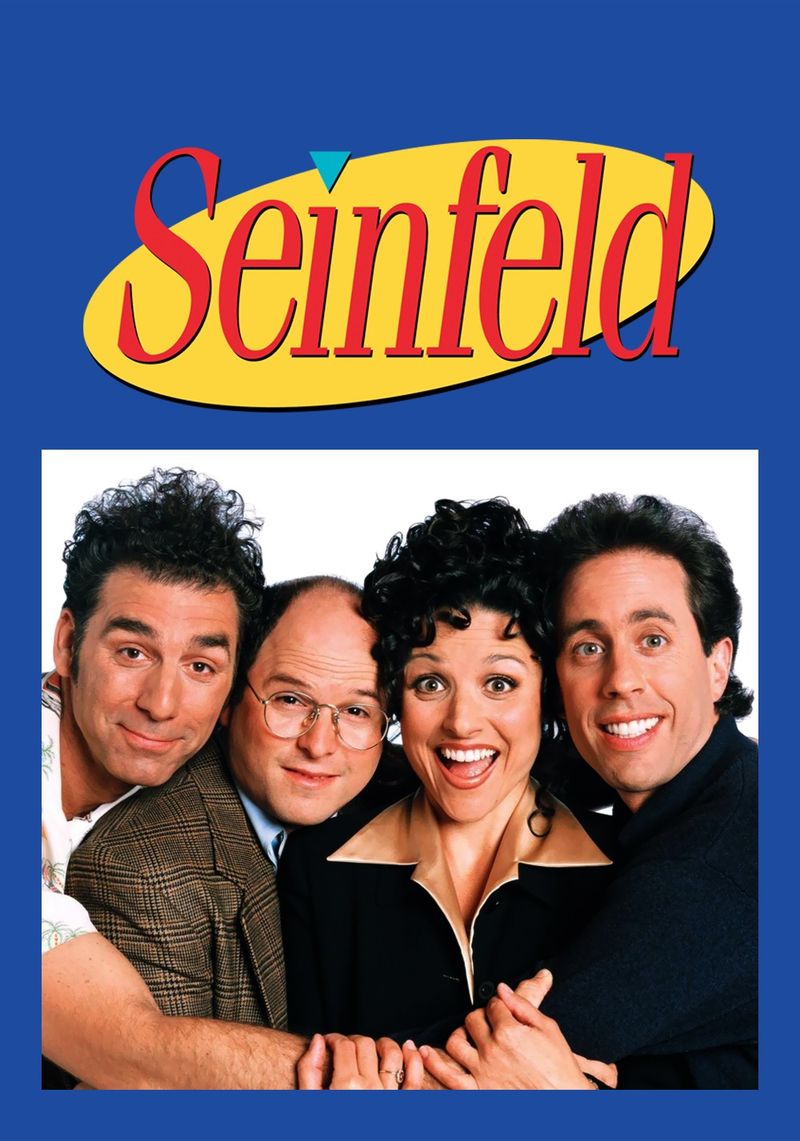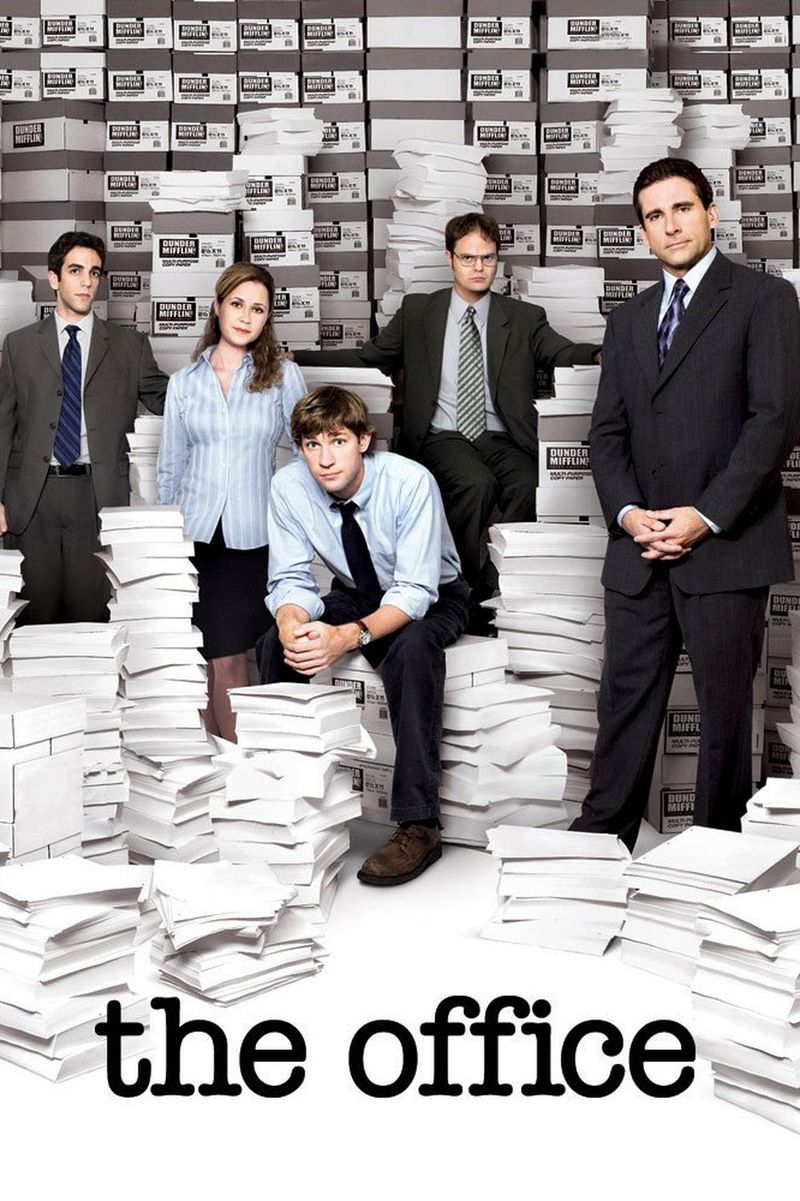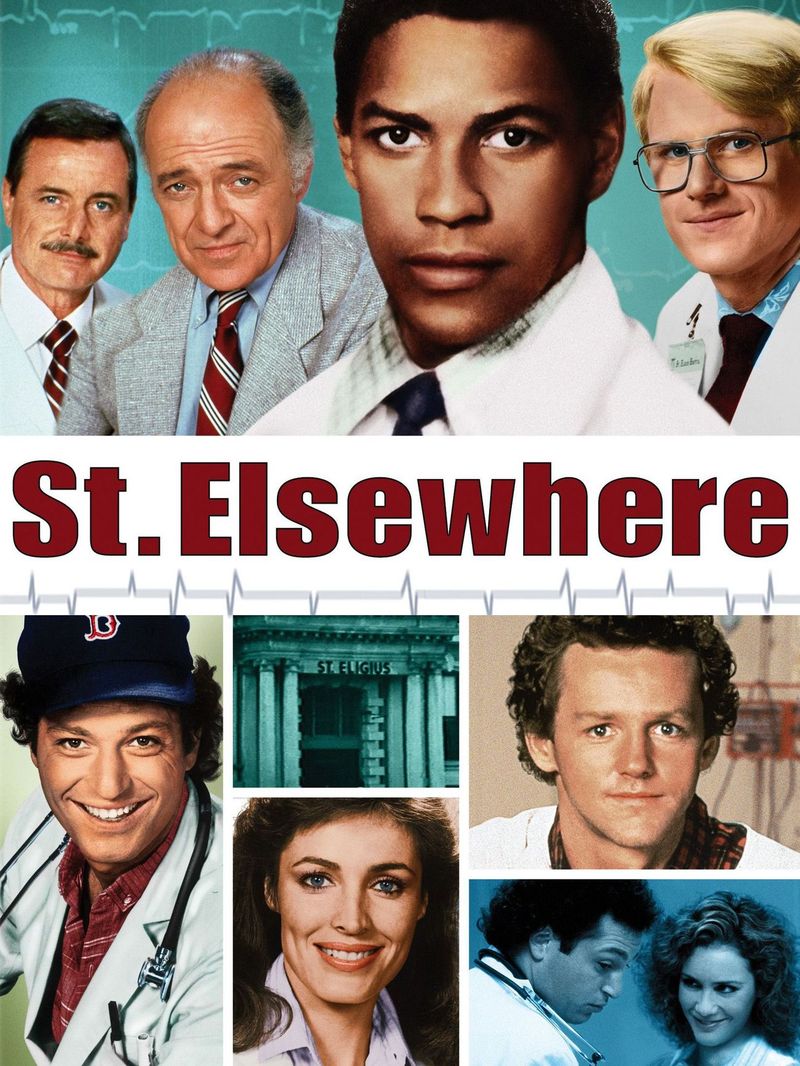TV show endings can leave a lasting impression on viewers for years after the final credits roll. Some finales wrap everything up neatly, while others leave fans debating their meaning or feeling disappointed about how their favorite characters’ stories concluded. Whether loved or hated, these television conclusions continue to spark conversations, theories, and even petitions for do-overs long after they aired.
1. Lost: Questions Without Answers
The island mystery that captivated audiences throughout the 2000s ended with a spiritual resolution that divided viewers. Some appreciated the character-focused conclusion while others felt cheated by the many unanswered questions about the island’s mysteries.
Fans still debate whether the characters were dead the entire time (they weren’t, according to creators). The finale revealed the flash-sideways timeline was actually a purgatory-like realm where characters reunited after death.
Showrunners Damon Lindelof and Carlton Cuse prioritized emotional closure over explaining every supernatural element, a choice that continues to spark heated discussions among viewers years later.
2. Breaking Bad: Perfect Chemistry
Walter White’s journey from mild-mannered chemistry teacher to ruthless drug kingpin reached its logical conclusion in a finale widely regarded as one of television’s best. Creator Vince Gilligan delivered an ending that gave viewers closure while staying true to the show’s themes.
The final episode, “Felina,” saw Walt acknowledge his selfish motivations, free Jesse from captivity, and ultimately die on his own terms among the lab equipment he loved. The perfect anagram title (Fe-Li-Na = blood, meth, tears) exemplified the show’s attention to detail.
Unlike many controversial finales, Breaking Bad’s ending is celebrated for its satisfying resolution to character arcs and narrative threads.
3. The Sopranos: Don’t Stop Believin’
The infamous cut to black during the final scene at Holsten’s diner remains one of TV’s most discussed endings. Tony Soprano sits with his family, Journey’s “Don’t Stop Believin'” plays, and then… nothing. Creator David Chase refused to confirm whether Tony lived or died.
Film scholars have analyzed every frame of the sequence, noting suspicious characters and editing patterns that might suggest Tony’s death from his perspective. Others interpret the abrupt ending as a comment on the constant anxiety of mob life.
The ambiguous conclusion transformed television finales forever, proving that leaving questions unanswered could be more powerful than tying everything up with a neat bow.
4. Game of Thrones: A Rushed Goodbye
After eight seasons of complex character development and intricate political drama, the HBO fantasy epic stumbled at the finish line. Many fans felt betrayed by Daenerys Targaryen’s sudden villainous turn and Bran Stark’s unexpected ascension to the throne.
The final season compressed years of potential storytelling into just six episodes, leaving character arcs feeling incomplete. “Who has a better story than Bran the Broken?” became an unintentional punchline rather than a powerful moment.
Despite the controversy, the show’s cultural impact remains undeniable, with viewing parties, merchandise, and fan theories continuing years after its 2019 conclusion.
5. How I Met Your Mother: The Controversial Twist
After nine seasons of Ted Mosby telling his kids how he met their mother, the finale revealed she had been dead for six years. The show then pivoted to Ted rekindling his relationship with Robin, a storyline many viewers thought had been definitively closed.
The twist felt particularly jarring since the entire final season focused on Robin’s wedding to Barney, only to divorce them minutes into the finale. Fans who had grown attached to Tracy (the mother) felt cheated by her minimal screen time and quick disposal.
An alternate ending included on the DVD release provided a happier conclusion, suggesting even the creators recognized the divisive nature of their original choice.
6. Six Feet Under: The Perfect Goodbye
HBO’s funeral home drama concluded with what many consider the greatest finale sequence ever filmed. The last six minutes flash forward to show how each main character eventually dies, set to Sia’s haunting “Breathe Me.”
Claire Fisher drives toward her future as glimpses of her family members’ final moments play out, spanning decades in mere minutes. The montage delivers emotional gut-punches while providing complete closure for every character arc.
Unlike controversial finales, Six Feet Under’s ending receives nearly universal praise for its poetic perfection and thematic resonance with a show about mortality. It’s often the standard against which other series finales are measured.
7. Dexter: Lumberjack Blues
Showtime’s series about a serial killer who targets other killers disappointed fans with its baffling conclusion. After eight seasons of Dexter Morgan balancing his dark urges with his humanity, the finale saw him fake his death and inexplicably become a lumberjack in Oregon.
The ending abandoned nearly every character and storyline viewers had invested in. Dexter’s son Harrison was left with a serial killer (Hannah), his sister Debra was unceremoniously killed off, and his growth as a character seemed completely undone.
The backlash was so severe that Showtime eventually produced a revival series, “Dexter: New Blood,” partly to provide a more satisfying conclusion to the beloved character’s story.
8. Friends: The One Where They Say Goodbye
The sitcom phenomenon wrapped up its decade-long run with a finale that gave fans exactly what they wanted. Rachel got off the plane to Paris, choosing Ross over her dream job. Monica and Chandler moved to the suburbs with their newly adopted twins.
The emotional punch came from the empty apartment in the final scene, with the friends leaving their keys on the counter before heading to Central Perk one last time. The simple question “Should we get some coffee?” followed by Chandler’s sarcastic “Where?” provided the perfect callback humor.
Unlike many controversial endings, Friends delivered a crowd-pleasing conclusion that honored the characters’ journeys while giving viewers a sense of how life would continue beyond the finale.
9. Seinfeld: The Trial About Nothing
The show about nothing concluded with Jerry, George, Elaine, and Kramer being sentenced to prison for violating a Good Samaritan law. This controversial ending brought back nearly every minor character from the series’ run to testify against the four friends’ selfish behavior.
Many viewers felt the meta-commentary on the characters’ moral failings was too harsh and cynical. Creator Larry David (who returned specifically to write the finale) intended to prevent any possibility of a reunion by literally imprisoning the characters.
The finale’s reception has softened over time, with some fans appreciating how it reinforced the show’s central philosophy: no hugging, no learning, no character growth – just four terrible people getting their comeuppance.
10. The Office: Goodbye Dunder Mifflin
The workplace mockumentary stuck the landing with its emotional finale centered around Dwight and Angela’s wedding. After struggling in later seasons following Steve Carell’s departure, the show brought back Michael Scott for a perfect cameo: “That’s what she said.”
The documentary-within-a-show concept paid off beautifully as characters reflected on how being filmed changed their lives. Pam’s final monologue about ordinary moments becoming special hit the show’s thesis statement perfectly.
Unlike many series finales that feel forced, The Office concluded with authentic character growth while maintaining its humor. The last image of the Dunder Mifflin office, with Pam taking down her watercolor painting, provided a touching bookend to the series.
11. St. Elsewhere: It Was All a Dream
The 1988 medical drama pioneered one of the most shocking twist endings in television history. The entire six-season show was revealed to exist only in the imagination of an autistic boy named Tommy Westphall, who was seen holding a snow globe containing a miniature version of the hospital.
This controversial ending created what fans call the “Tommy Westphall Universe Hypothesis.” Since St. Elsewhere had crossovers with other shows, which had their own crossovers, theoretically hundreds of TV series could exist only in Tommy’s mind.
While some viewers felt betrayed by the revelation, others appreciated the bold creative choice that challenged assumptions about television narratives decades before meta-storytelling became common.

